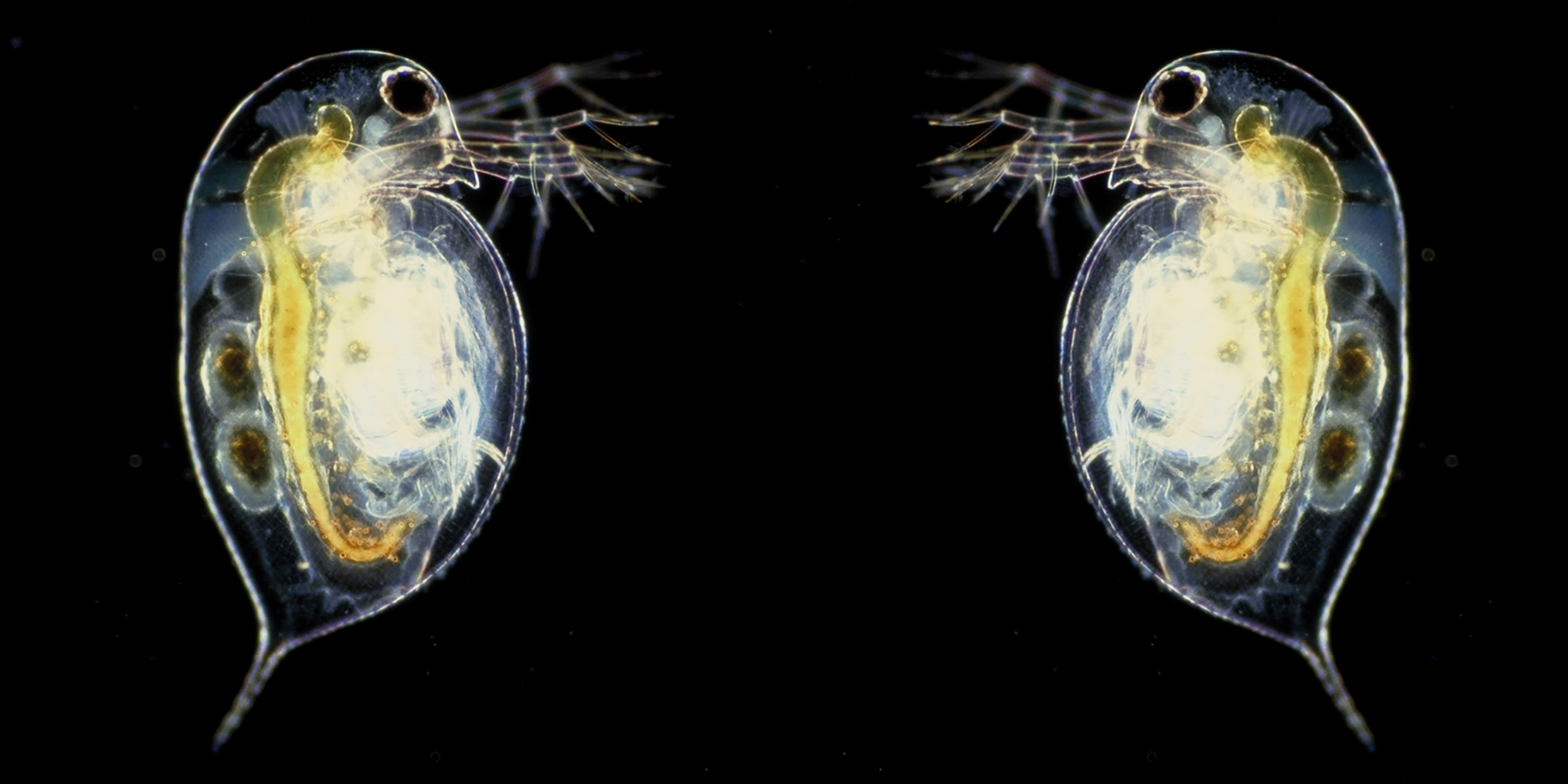Originally published 26 February 2006
Has there ever been a more astute observer of the war between the sexes than James Thurber?
With wry words and acerbic pen, Thurber chronicled the irreconcilable interests of men and women in essays and cartoons that appeared in The New Yorker during the 1930s, ’40s and ’50s.
There has been a sexual revolution between Thurber’s generation and my own, but human nature doesn’t change, and there are enough innate differences between men and women to keep us laughing at Thurber’s wit. Women may protest that he was a misogynistic old fuddy-duddy, but males of my generation are pretty much convinced he got it right.
One famous sequence of Thurber drawings is called “The War Between Men and Women.” The conflict starts with a man tossing a drink into the face of a woman (we do not know with what provocation). High points of the story come with the “Capture of Three Physics Professors” by a smirking, gun-toting lady, and the “Surrender of Three Blondes” to a trio of bewildered, bow-tied gentlemen.
Thurber’s females are generally larger and more assertive than the males, who are often depicted as timid, mustachioed milquetoasts. At the end of Thurber’s war, however, men come out on top. A scowling female commander hands over the symbolic baseball bat to her bemused male counterpart. La plus ça change, la plus c’est la même chose.
And then, of course, there’s that little classic of a book he wrote with E. B. White called Is Sex Necessary?
It’s a perennial question, one that has befuddled evolutionary biologists ever since Darwin. To put a finer point on the question: Why are males necessary?
In many species, males do little except provide sperm, then head off to the ball game or the club, so to speak. The female gets stuck with all the work of caring for the offspring.
If natural selection is all about insuring the survival of an individual’s genes, then the rate of genomic replication would be increased if all individuals of a species were born female and reproduced asexually, without need of males. As Rasmus Nielsen writes in the February 17 [2006] issue of Science: “[Asexually] reproducing females arising in a sexual population should have a twofold fitness advantage because they, on average, leave twice as many gene copies in the next generation.”
Yet most complex organisms are sexual. So how did sexual reproduction arise? And why is it maintained?
It is commonly held that shuffling genes between two sets of chromosomes helps counter the effects of harmful mutations. In the analogy of the geneticist John Maynard-Smith, it’s like owing two cars, both of which have a (different) nonfunctioning part. By moving parts about, you can often get at least one car going.
In the same issue of Science, Susanne Paland and Michael Lynch present a nifty experiment that shows males do have a role to play in keeping genes intact.
Paland and Lynch worked with populations of the water flea, Daphnia pulex, which conveniently comes in two varieties: sexual and asexual. They watched 14 asexual populations (all female) and 14 sexual populations (male and female). And lo and behold, as the theorists guessed, the sexual populations had a lower rate of deleterious mutations. Four times lower.
He fleas do apparently help she fleas get rid of broken genes. Having a male around is like keeping a junk car in the yard to use for parts.
But wait, that surely can’t be all of it. What I want to know is: Among those populations of all-female water fleas, who carries out the garbage? Who fixes the toilet when it won’t stop running? Who does the barbecuing?
If males are only around to provide backup genes, where are they when you need them? Watching a bowl game with their buddies at the local bar. Fishing. Asleep on the couch.
Does the adaptive advantage for females of gene-mixing compensate for the cigar ashes on the carpet, the smelly socks under the bed, and the dirty dishes piled in the kitchen sink?
Population geneticists are getting better all the time at observing and tracking mutations, but which of those colonies of water fleas are happier, the sexual or the asexual?
It may be that male water fleas exist to help female water fleas keep their genes in good repair, but when it comes to understanding the important human stuff, like who ends up with the baseball bat, I’ll stick with Thurber.



